This is one of those cases where a deep, careful review can add real value.
arxiv.org/abs/2509.20234
🧠🤖 #MLSky

This is one of those cases where a deep, careful review can add real value.
arxiv.org/abs/2509.20234
🧠🤖 #MLSky
@tlmnhut.bsky.social show: supervised pruning of a DNN’s feature space better aligns with human category representations, selects distinct subspaces for different categories, and more accurately predicts people’s preferences for GenAI images.
doi.org/10.1145/3768...

@tlmnhut.bsky.social show: supervised pruning of a DNN’s feature space better aligns with human category representations, selects distinct subspaces for different categories, and more accurately predicts people’s preferences for GenAI images.
doi.org/10.1145/3768...
We find that a stimulus' representational magnitude—the L2 norm of its DNN representation—predicts intrinsic memorability not just for images, but for words too.
www.biorxiv.org/content/10.1...

We find that a stimulus' representational magnitude—the L2 norm of its DNN representation—predicts intrinsic memorability not just for images, but for words too.
www.biorxiv.org/content/10.1...
arxiv.org/abs/2508.00043

arxiv.org/abs/2508.00043
"I hope your day is as positive as you are.
We are very fortunate to associate with eminent people like you.... If you dont want to receive our email, reply as Terminate."
"I hope your day is as positive as you are.
We are very fortunate to associate with eminent people like you.... If you dont want to receive our email, reply as Terminate."
Thanks to all collaborators at #CIMeC, e.g. @urihasson.bsky.social

Thanks to all collaborators at #CIMeC, e.g. @urihasson.bsky.social
Project: Predictive neural representations of dynamic events, supervisor Moritz Wurm @moritzwurm.bsky.social
🧠 Apply by June 5, 2025
🔗 Info: phd.unitn.it/drcimec
#neuroscience #cognitivescience
Project: Predictive neural representations of dynamic events, supervisor Moritz Wurm @moritzwurm.bsky.social
🧠 Apply by June 5, 2025
🔗 Info: phd.unitn.it/drcimec
#neuroscience #cognitivescience
www.sciencedirect.com/science/arti...

www.sciencedirect.com/science/arti...

TheRiseRegistry.org

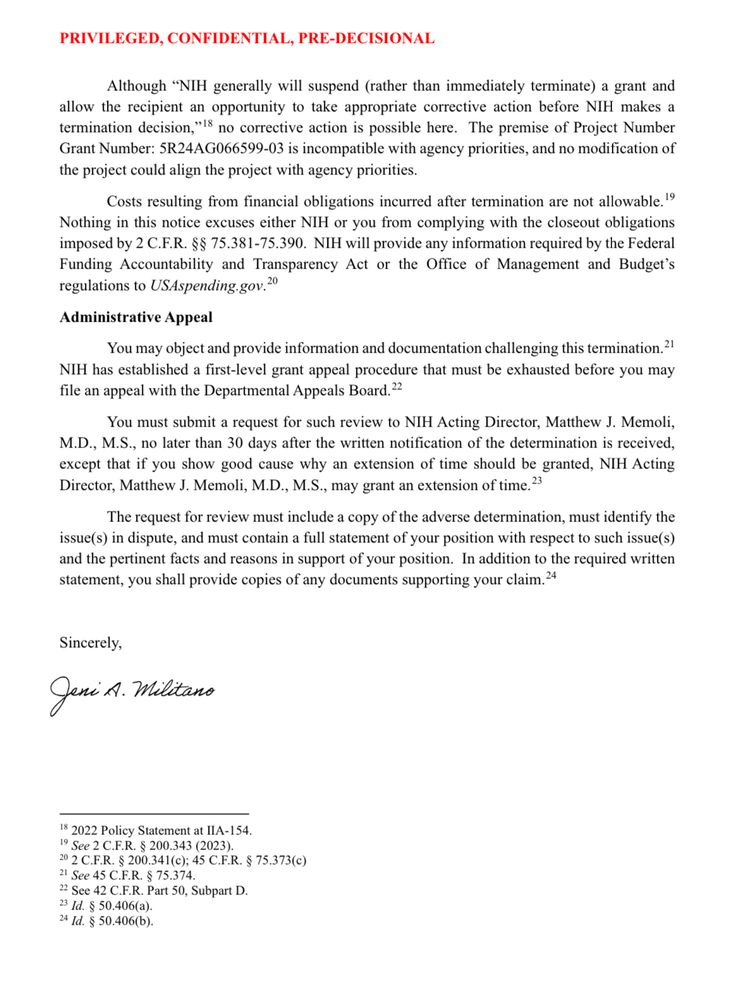
TheRiseRegistry.org

www.transportation.gov/sites/dot.go...

www.transportation.gov/sites/dot.go...

direct.mit.edu/qss/article/...


direct.mit.edu/qss/article/...

Prepare to get cheesy, I'm glad to share the Cacio e paper preprint:
arxiv.org/abs/2501.00536
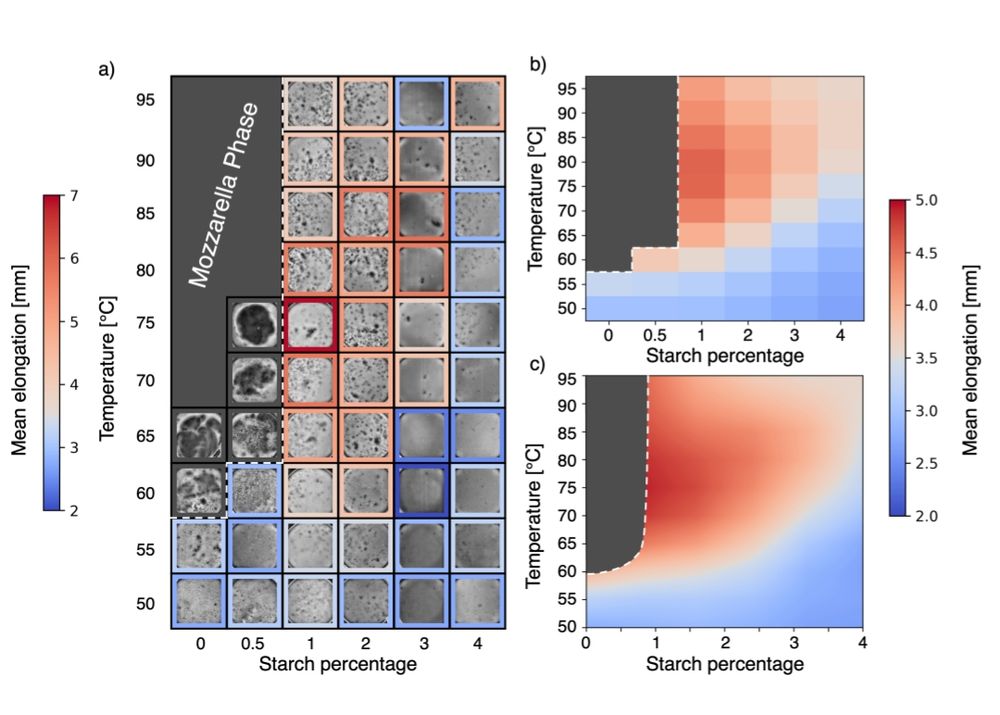
Prepare to get cheesy, I'm glad to share the Cacio e paper preprint:
arxiv.org/abs/2501.00536
Please reach out if you want to chat about synthetic data, alignment, data-centric AI, representation learning, or anything else!
This paper is about distance between embeddings.
It says: measure how humans perceive distance, then adjust a neural net to match.
This improves transfer to lots of tasks (but not all tasks).

Please reach out if you want to chat about synthetic data, alignment, data-centric AI, representation learning, or anything else!
We'll continue exploring the intersections of the brain, speech and language while sharing cutting-edge research and real-world clinical insights. Follow us and join the conversation.
direct.mit.edu/nol
#Neurobiology #Language #Brain #Science
We'll continue exploring the intersections of the brain, speech and language while sharing cutting-edge research and real-world clinical insights. Follow us and join the conversation.
direct.mit.edu/nol
#Neurobiology #Language #Brain #Science
Let's start with "What are embeddings" by @vickiboykis.com
The book is a great summary of embeddings, from history to modern approaches.
The best part: it's free.
Link: vickiboykis.com/what_are_emb...
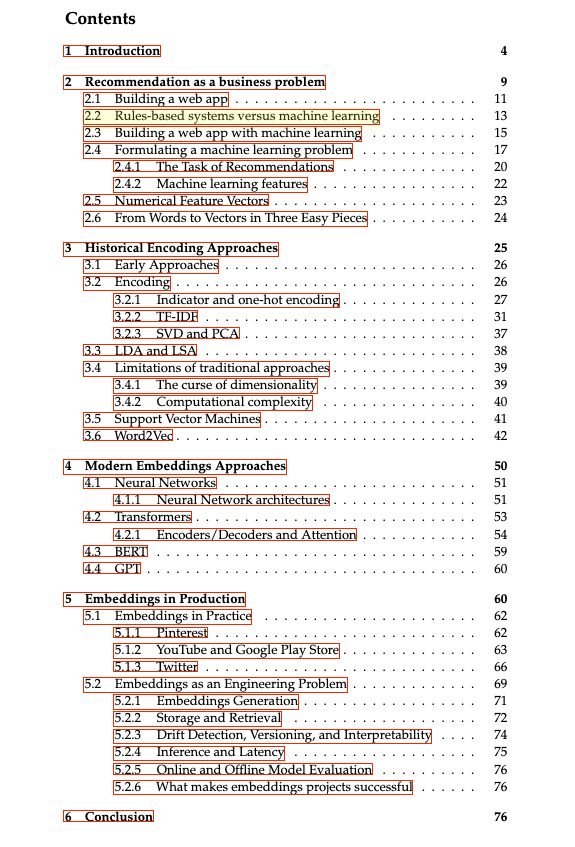
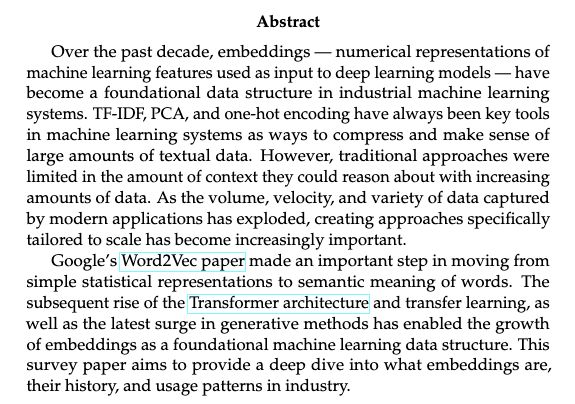
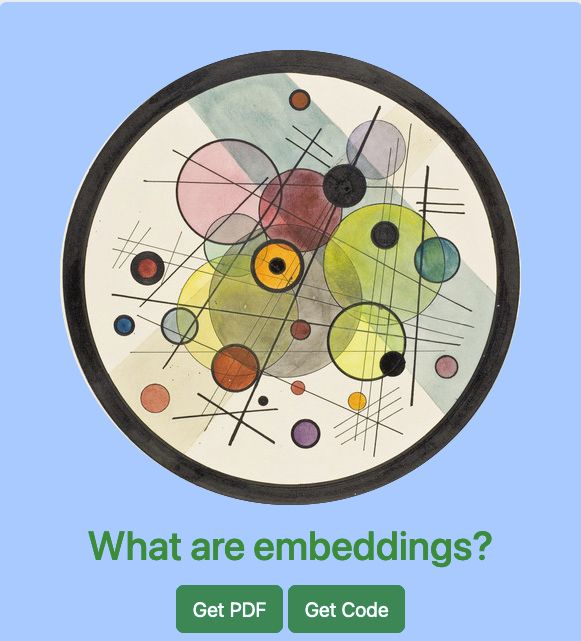
Let's start with "What are embeddings" by @vickiboykis.com
The book is a great summary of embeddings, from history to modern approaches.
The best part: it's free.
Link: vickiboykis.com/what_are_emb...
#NeuroAI #CompNeuro

#NeuroAI #CompNeuro
arxiv.org/abs/2409.16292
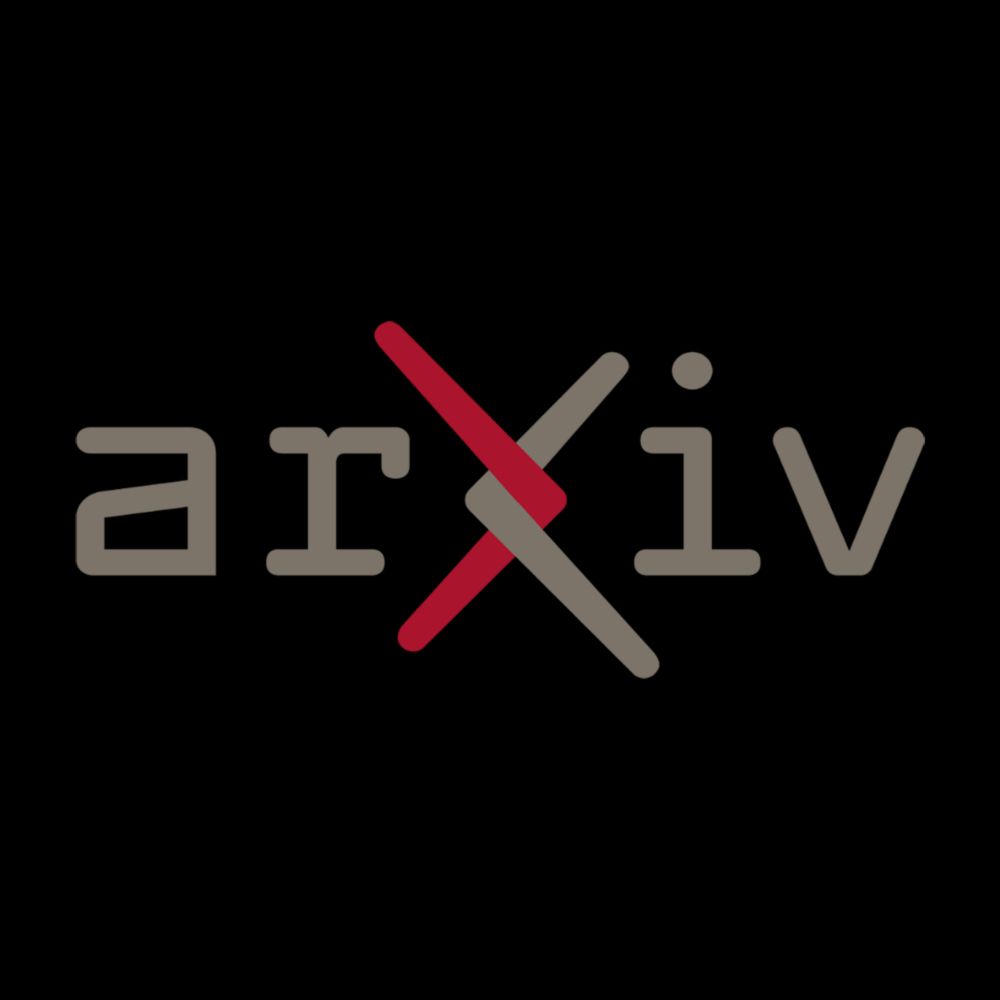
arxiv.org/abs/2409.16292

